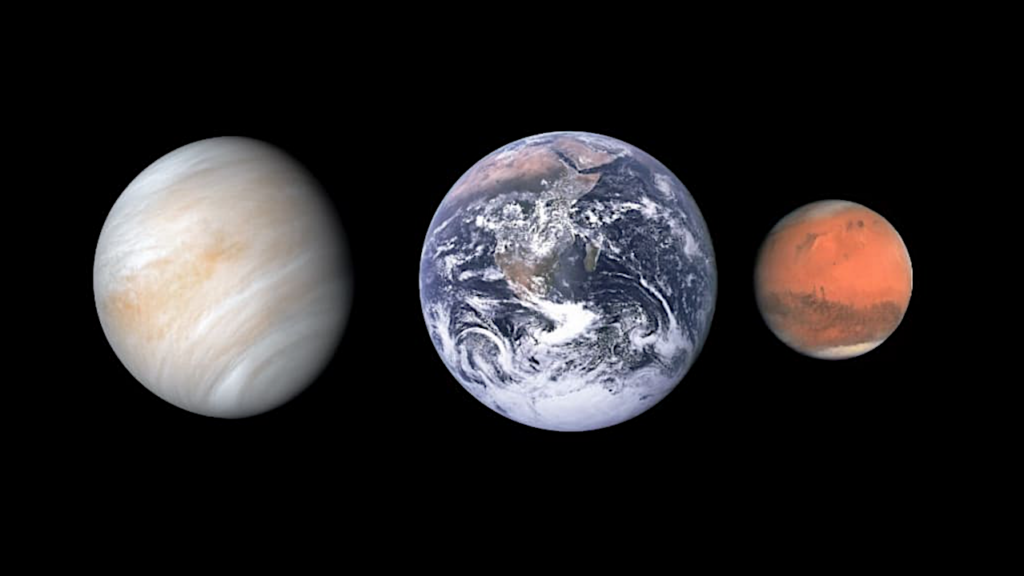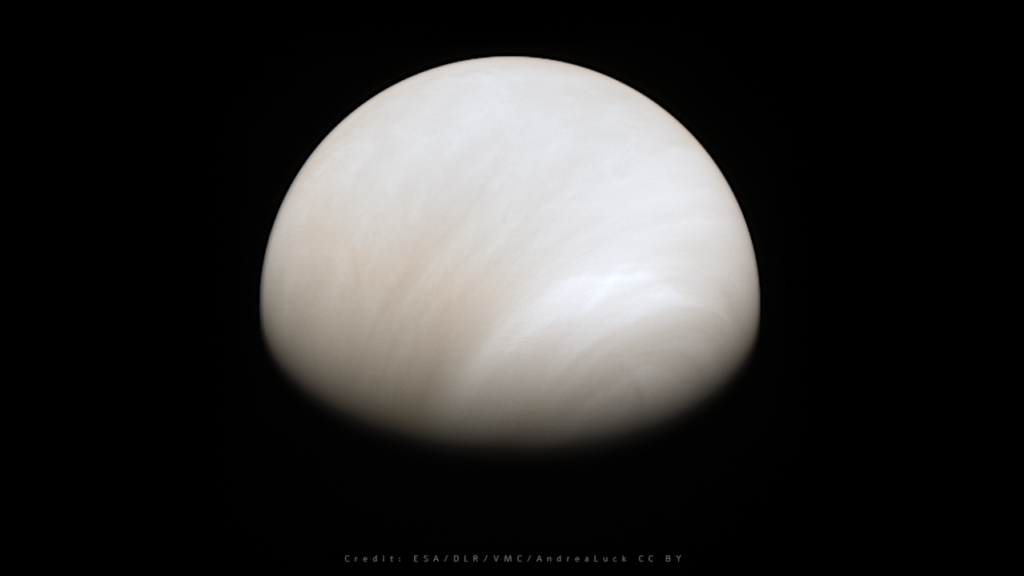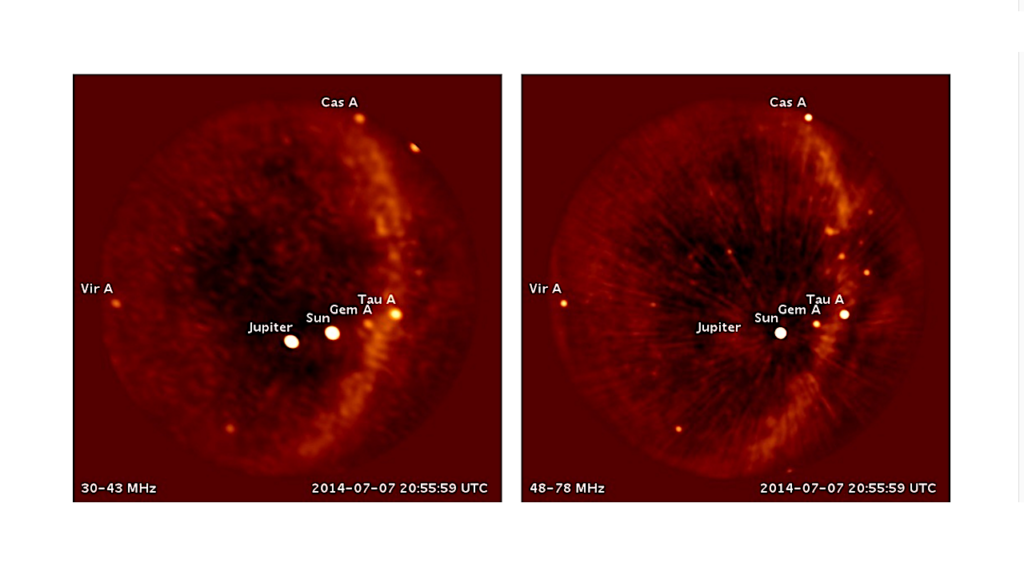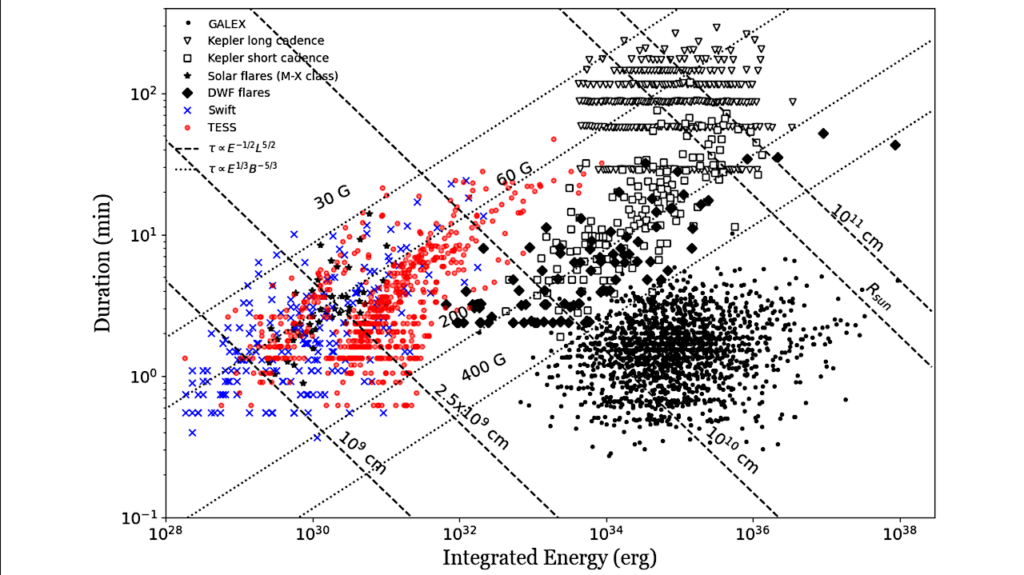High-Resolution Spectral Discriminants of Ocean Loss for M Dwarf Terrestrial Exoplanets

In the near future, extremely-large ground-based telescopes may conduct some of the first searches for life beyond the solar system. High-spectral resolution observations of reflected light from nearby exoplanetary atmospheres could be used to search for the biosignature oxygen.
However, while Earth’s abundant O2is photosynthetic, early ocean loss may also produce high atmospheric O2 via water vapor photolysis and subsequent hydrogen escape. To explore how to use spectra to discriminate between these two oxygen sources, we generate high-resolution line-by-line synthetic spectra of both a habitable Earth-like, and post-ocean-loss Proxima Centauri b. We examine the strength and profile of four bands of O2 from 0.63 to 1.27 μm, and quantify their relative detectability.
We find that 10 bar O2 post-ocean-loss atmospheres have strong suppression of oxygen bands, and especially the 1.27μm band. This suppression is due to additional strong, broad O2-O2 collisionally-induced absorption (CIA) generated in these more massive O2atmospheres, which is not present for the smaller amounts of oxygen generated by photosynthesis. Consequently, any detection of the 1.27μm band in reflected light indicates lower Earth-like O2 levels, which suggests a likely photosynthetic origin.
However, the 0.69 μm O2 band is relatively unaffected by O2-O2 CIA, and the presence of an ocean-loss high-O2 atmosphere could be inferred via detection of a strong 0.69 μm O2 band, and a weaker or undetected 1.27 μm band. These results provide a strategy for observing and interpreting O2 in exoplanet atmospheres, that could be considered by future ground-based telescopes.
Michaela Leung, Victoria S. Meadows, Jacob Lustig-Yaeger
Comments: 14 pages, 11 figures
Subjects: Earth and Planetary Astrophysics (astro-ph.EP); Instrumentation and Methods for Astrophysics (astro-ph.IM); Solar and Stellar Astrophysics (astro-ph.SR)
Cite as: arXiv:2004.13731 [astro-ph.EP] (or arXiv:2004.13731v1 [astro-ph.EP] for this version)
Submission history
From: Michaela Leung
[v1] Tue, 28 Apr 2020 18:00:02 UTC (8,308 KB)
https://arxiv.org/abs/2004.13731
Astrobiology, Astrochemistry








